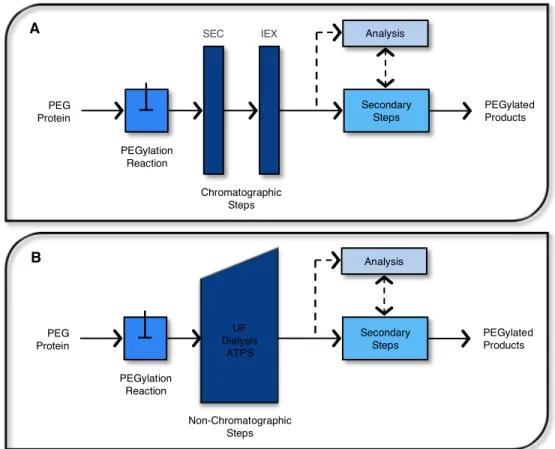Analysis, Recovery and Potential New Uses of Pegylated Proteins
Texto completo
Figure




Documento similar
(d) Comparison between the SPA prediction (red curves) for the supercon- ducting energy gap and those obtained by using Dynes expression to fit the dI /dV obtained by the SPA
Further, we considered the results obtained for the white light curve fit of the Run 2 as unreliable since a clear and dominant systematic noise signal in the data remained
the use of pooled data from four studies: two involving patients undergoing hemodialysis (the Efficacy and Safety of Peg in es a tide for the Main- tenance Treatment of
Spike proteins are the primary receptor binding proteins on in the CoV, which specifically target a variety of cell surface molecules (Table 1.1) for entry into
From the analysis of the position and shape of the emission bands we derive a best-fit grain temperature for pure forsterite grains of around 150−200 K for all sources except for AB
A comparison between the averaged experimental data obtained with the predicted results from numerical simulation is done for the validation of the model. In table 2, data from
As for the semi-supervised experiments with the data labelled by the k-NN algorithm, analysis of the obtained results (see Figure 4.6) shows that the use of unlabelled data in
The spatially ordered heterojuntion between TiO 2 and -Fe 2 O 3 and a potential co-catalytic incorporation of Fe 3+ (from the support MAGSNC) into the titania structure





